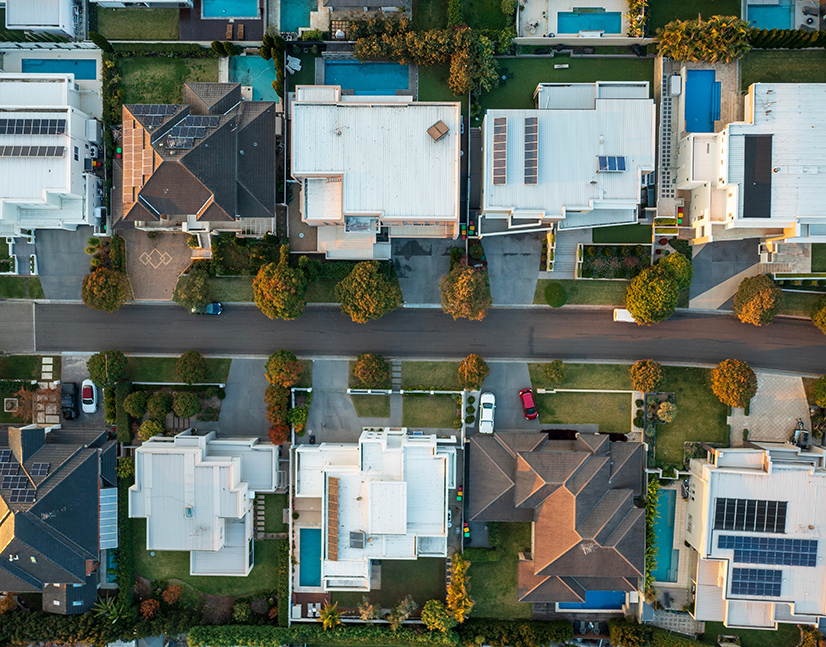
Brighte seizes opportunity in challenging times
Brighte has maintained solid growth since it commenced operations in 2015 with a mission to make every Australian home sustainable. George Whittle, Brighte’s Sydney-based head of funding, says the challenging conditions of 2022 have not dampened the green lender’s aspirations and have, if anything, increased Australian households’ resolve to transition to clean energy.
How has Brighte’s business performed through the volatile lending and funding conditions of 2022?
This year has been challenging for many businesses, and Brighte is not immune to market conditions. However, we are positive for the year ahead. Brighte has had a very strong year, enjoying record revenue and settlements, good growth of our loan book and incredibly strong credit performance.
The nature of the volatility in 2022 has actually given us a real tailwind: as energy prices go up and cost of living increases, our target market – mortgage holders who are seeking solar panels – has, if anything, a greater desire to purchase solar panels.
For households, the decision to get solar panels is not so much a discretionary choice – they are making an active decision to reduce an expense line in their household P&L. It is not in the same vein as, for example, buying a new car. Discretionary spending is probably going to come off but we think solar is almost exempt from this.
An environment in which electricity prices are going through the roof even accelerates the uptake of solar and of batteries because it improves the economics of the underlying purchase. This makes the proposition very strong for a company like Brighte that provides solutions to help people on this journey.
Funding this purchase remains attractive. We had our best month on record in June this year, with applications twice those of June 2021.
How does Brighte view its role in promoting the transition to sustainability in the Australian household sector, and how important is that transition overall?
Our mission is to make every home sustainable. To this end, we are all about breaking down the barriers keeping home owners from getting to a sustainable and comfortable home.
Australia’s change of government means we now have political consensus on emissions targets and the importance of reaching net zero. However, while some might think it is the government’s role to take us on this journey, households make up a third of domestic emissions. This means many of the decisions that will get us to net zero need to be made by home owners.
What are Brighte’s future securitisation issuance plans and how does the asset class fit into the overall funding strategy?
Our public ABS [asset-backed securities] issuance is very important to the funding strategy as a whole. We built out some really strong investor relationships in 2020 and 2021. We found very strong demand as the inaugural green ABS issuer in Australia and with our subsequent green issuance last year.
A lot of institutional investors have green or ESG [environmental, social and governance] mandates, and the look-through to the collateral we have makes it really easy for them to make the allocation decision. The pool of predominantly solar-backed receivables has been really attractive for these investors.
Our timing in coming to the market and the volume we bring are contingent on the prevailing conditions. We issued in October in 2020 and 2021. There is a lot of volatility at the moment but, if there is a window, we will see if we can stick to the cadence we have established.
How is Brighte progressing in its partnership with the Australian Capital Territory to offer zero-interest loans for energy-efficient home upgrades and in its electric vehicle (EV) loan programme?
The ACT Sustainable Home Scheme has been a huge win for every party involved. It has reached more than 6,000 households so far and has significantly reduced emissions as well as energy bills. Through vendor partners, it has created jobs for installers. It has been a market leader for schemes of this type nationwide, and we think other states will seek to replicate it.
We have also been funding EVs as part of the ACT partnership, which is really exciting. There has been solid take-up so far, but there is a critical problem with the supply of EVs coming into the country. We are working with some of the larger manufacturers to extend and enhance the offering we have in the market. It is an exciting space. ACT has said that from 2035 there will not be any more internal combustion vehicles sold going forward – and 2035 is not that far away.

nonbank Yearbook 2023
KangaNews's eighth annual guide to the business and funding trends in Australia's nonbank financial-institution sector.









